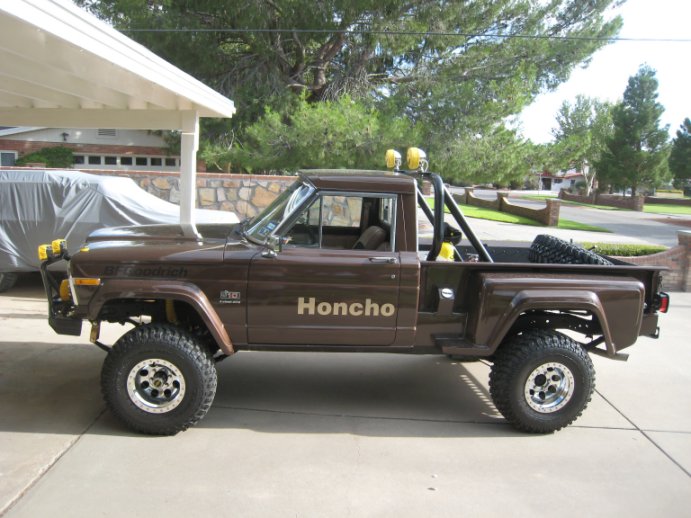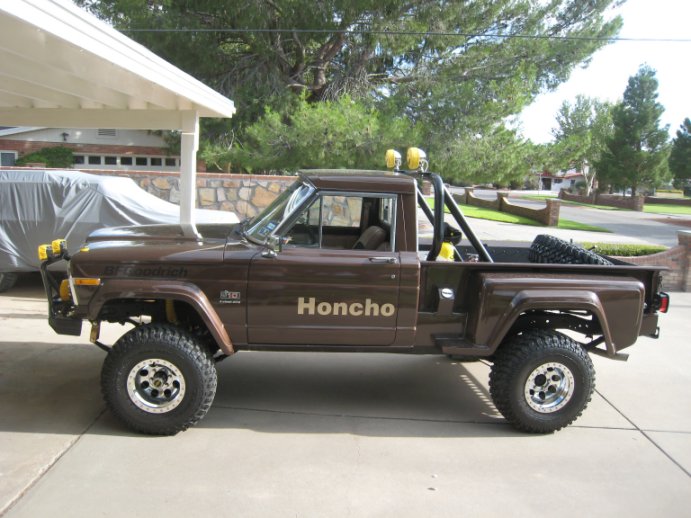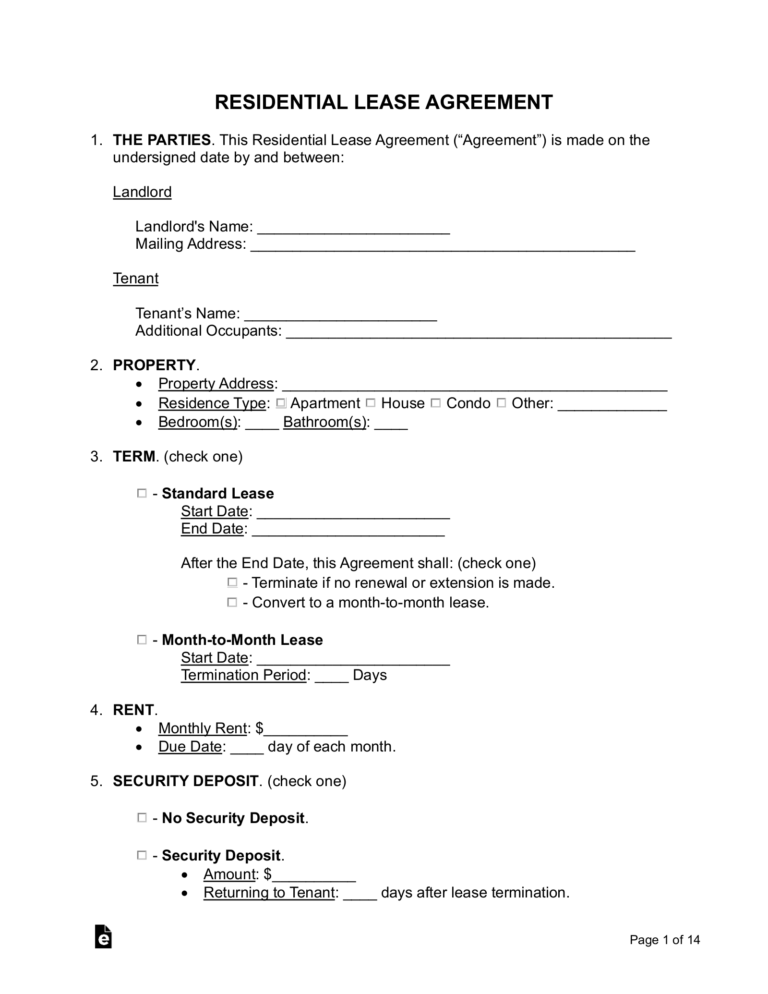1963 To 1966 J Series Jeep Trucks For Sale: A Comprehensive Buyer’s Guide
1963 To 1966 J Series Jeep Trucks For Sale: A Comprehensive Buyer’s Guide jeeps.truckstrend.com
In the realm of classic American utility vehicles, few names evoke as much rugged charm and enduring capability as the Jeep J Series trucks. Among these, the early production years from 1963 to 1966 hold a special place, marking the genesis of a legendary platform that would underpin not only workhorses but also the iconic Wagoneer SUV. These aren’t just old trucks; they are tangible pieces of automotive history, blending distinctive Kaiser-era styling with the nascent stages of modern truck design. For enthusiasts, collectors, and anyone seeking a truly unique and robust vintage vehicle, the 1963 to 1966 J Series Jeep trucks offer an unparalleled opportunity to own a piece of that legacy.
This comprehensive guide will delve into what makes these early J-trucks so appealing, what to look for when buying, and how to navigate the market to find your perfect classic. Whether you’re planning a full restoration, seeking a reliable weekend cruiser, or aiming for a trail-ready off-roader, understanding these pioneering Jeeps is the first step towards a rewarding ownership experience.
1963 To 1966 J Series Jeep Trucks For Sale: A Comprehensive Buyer’s Guide
A Legacy Forged in Steel: Understanding the 1963-1966 J Series
The J Series line of Jeep trucks, initially dubbed "Gladiator" pickups and "Wagoneer" station wagons, was a revolutionary step for Willys Motors (later Kaiser Jeep). Introduced in 1963, these vehicles broke away from the traditional, utilitarian post-war Jeep designs, offering a more car-like ride and amenities while retaining formidable off-road prowess. The 1963-1966 models are particularly noteworthy for several reasons:
- Groundbreaking Design: They were among the first pickup trucks to offer an independent front suspension (optional), providing a smoother ride than the solid axle setups common at the time. Their "Townside" styling was sleek and modern for the era, with flush-mounted headlights and a distinct grille that set them apart.
- Original Powertrain Options: These early years primarily featured the innovative, overhead-cam (OHC) Tornado 230 cubic inch inline-six engine, a sophisticated unit for its time. Later in this period, the more conventional and powerful AMC 327 V8 became an option, offering a significant boost in performance.
- Kaiser Influence: These trucks embody the design philosophy of the Kaiser era, known for their robust construction and attention to detail, making them incredibly durable even decades later.
- Nomenclature Shift: Initially, models were designated J-200 (1/2 ton), J-300 (3/4 ton), and J-400 (1 ton). By 1965, the naming convention shifted to J-2000, J-3000, and J-4000, reflecting the growing trend towards four-digit model numbers. This subtle change helps distinguish the very early production runs.

Owning one of these trucks means owning a piece of automotive history that bridged the gap between basic utility and modern comfort, setting the stage for future generations of SUVs and trucks.
Models and Configurations: What to Look For
The 1963-1966 J Series offered a range of configurations to suit various needs. Understanding these options is crucial for potential buyers:

- Payload Capacity:
- J-200 / J-2000: 1/2-ton capacity, typically with a short wheelbase.
- J-300 / J-3000: 3/4-ton capacity, often available with longer wheelbases.
- J-400 / J-4000: 1-ton capacity, primarily long wheelbase, designed for heavy hauling.

- Bed Styles:
- Townside: The sleek, smooth-sided bed that matched the cab’s styling, offering a cleaner aesthetic. This is the more common and generally more sought-after style.
- Thriftside (Fenderside): A traditional step-side bed with external fenders, offering practical access to the bed from the side. Less common in these early years.
- Cab Styles: Primarily a standard single cab.
- Engines:
- Tornado 230 OHC I6: Standard engine for most of this period, known for its unique overhead cam design. While innovative, parts for this specific engine can be harder to find than for the V8.
- AMC 327 V8: Introduced as an option, offering significantly more power and torque. This engine is more conventional and shares parts with other AMC vehicles, making it easier to maintain and find components for.
- Transmissions:
- Manual: Typically a 3-speed manual (e.g., Borg-Warner T-86) or a heavy-duty 4-speed manual (e.g., Borg-Warner T-98).
- Automatic: Early Hydramatic or later Turbo-Hydramatic automatic transmissions were available, offering a more relaxed driving experience.
- Drivetrain:
- 2-Wheel Drive (2WD): Often found in Townside models, offering better fuel economy and a smoother ride for on-road use.
- 4-Wheel Drive (4WD): The hallmark of Jeep, featuring a Dana 20 transfer case and robust Dana 44 axles front and rear (or Dana 27 front with independent suspension, then Dana 44 rear). This configuration is highly desirable for off-road enthusiasts and those seeking maximum utility.
Why Buy a 1963-1966 J Series Jeep Truck? Benefits and Appeal
The allure of these early J-trucks extends beyond mere nostalgia. They offer a unique blend of benefits that make them highly desirable in today’s classic vehicle market:
- Distinctive Classic Styling: Their clean lines, unique grille, and robust stance make them stand out from the crowd. They are instantly recognizable as Jeeps, yet distinct from the ubiquitous CJs and Wranglers.
- Robust and Durable Construction: Built for heavy-duty use, these trucks are famously over-engineered. With proper maintenance, they can last for many more decades.
- Off-Road Capability: Even in stock form, 4WD J-trucks are formidable off-roaders. Their solid axles (on most 4WD models) and strong frames provide an excellent foundation for trail adventures.
- Versatility: Capable of being a work truck, a comfortable daily driver (with some upgrades), a show vehicle, or a dedicated off-road rig. Their utility is immense.
- Growing Appreciation: As earlier generations of classic trucks become harder to find and more expensive, the J Series, particularly the early models, represents a segment with growing interest and potential for appreciation.
- Strong Community Support: A dedicated community of J-truck enthusiasts exists, offering a wealth of knowledge, advice, and a network for finding parts.
Navigating the Market: Important Considerations for Buyers
Purchasing a vintage vehicle requires careful consideration. For 1963-1966 J Series Jeep trucks, pay close attention to these critical areas:
- Rust: This is the primary enemy of any vintage vehicle. Inspect thoroughly for rust in:
- Cab: Rocker panels, cab corners, floor pans, around windshield/rear window.
- Bed: Floor, wheel wells, bed sides, tailgate.
- Frame: Critical structural integrity. Look for pitting, flaking, or previous patch repairs.
- Mounting Points: Body mounts, suspension mounts.
- Engine Condition:
- Tornado OHC 230: Check for oil leaks (especially from the valve cover and timing chain cover), excessive smoke, and unusual noises. Parts can be scarcer and more specialized.
- AMC 327 V8: Generally robust. Listen for knocks, excessive lifter noise, or blue smoke.
- Always check fluid levels and condition.
- Drivetrain: Test the transmission in all gears (both manual and automatic). For 4WD models, ensure the transfer case engages smoothly into 4-high and 4-low. Listen for differential whine or clunking from U-joints.
- Brakes: These trucks came with drum brakes all around. Ensure they are functional and not pulling to one side. Be aware that upgrades to disc brakes are common and often recommended for modern driving.
- Electrical System: Check all lights, gauges, wipers, and the heater fan. Look for shoddy wiring, which can be a fire hazard.
- Suspension and Steering: Look for worn bushings, leaky shocks, and excessive play in the steering. The independent front suspension (if equipped) should be checked for worn ball joints and control arm bushings.
- Documentation: A clear title is paramount. Any maintenance records, original manuals, or previous restoration documentation add significant value.
Finding Your J-Truck: Tips for a Successful Purchase
Finding the right 1963-1966 J Series Jeep truck can be a journey, but these tips will help:
- Define Your Goal: Are you looking for a fully restored show truck, a solid driver, or a project vehicle? This will dictate your budget and search parameters.
- Where to Look:
- Online Marketplaces: Hemmings, Bring a Trailer, eBay Motors, ClassicCars.com, Craigslist (local searches).
- Specialty Forums & Groups: Join J-truck specific forums and Facebook groups. Owners often sell within the community.
- Auctions: Classic car auctions can yield good finds, but research the vehicle thoroughly before bidding.
- Local Classifieds: Don’t overlook local newspaper ads or word-of-mouth.
- In-Person Inspection is Key: Never buy sight unseen if possible. If traveling isn’t feasible, hire a reputable pre-purchase inspector who specializes in vintage vehicles.
- Test Drive: Always test drive the truck. Pay attention to how it starts, idles, shifts, brakes, and handles. Listen for any unusual noises.
- Budget Beyond Purchase Price: Factor in potential repairs, maintenance, insurance, registration, and any planned upgrades or restoration costs.
- Patience: The perfect J-truck might not appear overnight. Be patient and don’t rush into a purchase that doesn’t meet your criteria.
Restoration and Maintenance: Keeping Your J-Truck Alive
Owning a vintage J Series truck is a commitment to ongoing care, but it’s incredibly rewarding.
- Parts Availability: While not as ubiquitous as Ford or Chevy parts, many mechanical components (engine parts for AMC V8s, Dana axle parts, transmission rebuild kits) are readily available through aftermarket suppliers or shared with other vehicles. Body panels and specific trim pieces unique to these early years can be harder to source, often requiring fabrication or a good donor vehicle. Specialist vendors like BJ’s Off-Road, Team Grand Wagoneer, and many others cater to the Full-Size Jeep community.
- Common Upgrades: Many owners opt for modernizing certain aspects:
- Disc Brake Conversion: A highly recommended safety upgrade.
- Power Steering: Greatly improves drivability.
- Engine Swaps: Popular options include modern GM LS engines, Cummins diesel engines, or newer AMC/Jeep engines for more power and reliability.
- Fuel Injection: Converting from carburetion to EFI improves cold starts, fuel economy, and overall performance.
- Suspension Lifts: For increased off-road clearance and a more aggressive stance.
- DIY vs. Professional: Many routine maintenance tasks and basic repairs can be done by a mechanically inclined owner. However, complex restorations, bodywork, or specialized engine/transmission rebuilds might require professional expertise.
- Community Resources: Leverage the vast online resources available. Forums like IFSJA (International Full Size Jeep Association), numerous Facebook groups, and YouTube channels offer a wealth of information, tutorials, and support from fellow enthusiasts.
1963-1966 J Series Jeep Truck Estimated Price Guide
The value of a classic J Series Jeep truck can vary wildly based on condition, originality, drivetrain, and location. This table provides a general estimate:
| Model Year | Condition: Project (Needs extensive work) | Condition: Driver (Runs, needs TLC) | Condition: Good (Solid, minor issues) | Condition: Excellent/Restored (Show-quality) | Key Factors Influencing Price |
|---|---|---|---|---|---|
| 1963 | $2,000 – $6,000 | $7,000 – $15,000 | $16,000 – $28,000 | $30,000 – $60,000+ | Rarity of first year, Tornado OHC, original features, Townside vs. Thriftside. 4WD typically commands a premium. |
| 1964 | $2,000 – $6,000 | $7,000 – $15,000 | $16,000 – $28,000 | $30,000 – $60,000+ | Similar to 1963, continued use of Tornado OHC. Excellent original examples are rare. |
| 1965 | $2,500 – $7,000 | $8,000 – $16,000 | $17,000 – $30,000 | $32,000 – $65,000+ | Introduction of J-2000/3000/4000 nomenclature, availability of AMC 327 V8 (desirable). |
| 1966 | $2,500 – $7,000 | $8,000 – $16,000 | $17,000 – $30,000 | $32,000 – $65,000+ | Similar to 1965, more AMC 327 V8s in circulation. Often a good balance of classic looks and potentially easier parts sourcing (for V8). |
Note: These are broad estimates. A highly optioned, low-mileage, perfectly documented, and completely original example will always fetch a higher price. Conversely, a truck with significant rust or major mechanical issues will be at the lower end. Location, seller motivation, and current market demand also play a role.
Frequently Asked Questions (FAQ)
Q: Are parts hard to find for these early J-trucks?
A: Mechanical parts for the AMC 327 V8 and common drivetrain components (Dana axles, Borg-Warner transmissions) are generally available. Parts specific to the Tornado OHC engine can be more challenging. Body panels and unique trim pieces for 1963-1966 are the hardest to source and may require fabrication or finding donor vehicles. However, the strong Full-Size Jeep community and specialist vendors are excellent resources.
Q: What’s the difference between a J-200 and a J-2000?
A: Functionally, very little. The J-200 (1/2 ton) was the original designation used in 1963 and 1964. In 1965, Kaiser Jeep changed the naming convention to J-2000, J-3000, and J-4000 for their 1/2-ton, 3/4-ton, and 1-ton trucks, respectively. The underlying platform remained the same.
Q: Are they good for daily driving?
A: With proper maintenance and potentially some modern upgrades (disc brakes, power steering, electronic ignition, or even an engine swap), a 1963-1966 J-truck can be a reliable and enjoyable daily driver. However, they lack modern safety features, fuel economy, and comfort amenities. They are best suited for enthusiasts who appreciate the classic driving experience.
Q: What are the most common rust spots?
A: The most common rust spots are the rocker panels, cab corners, floor pans, lower fenders, bed floors, and around the wheel wells. It’s also crucial to inspect the frame thoroughly, especially where the spring hangers and body mounts attach.
Q: Can I put a modern engine in it?
A: Yes, engine swaps are a very popular modification for J-trucks. Common choices include GM LS series V8s, Cummins 4BT or 6BT diesel engines, or even newer Jeep 4.0L inline-sixes. Many aftermarket kits exist to facilitate these swaps, improving power, reliability, and fuel economy.
Q: What’s the fuel economy like?
A: In original form, fuel economy is not a strong suit. Expect figures in the low double digits, likely 8-12 MPG, depending on the engine, transmission, gearing, and driving style. Engine swaps or EFI conversions can improve these figures.
Conclusion
The 1963 to 1966 J Series Jeep trucks represent a golden era of American utility vehicle design and engineering. Their unique blend of classic styling, robust construction, and undeniable capability makes them highly sought-after by a diverse group of enthusiasts. Whether you’re drawn to their historical significance, their potential as a rugged off-roader, or simply the desire to own a distinctive piece of automotive art, these early J-trucks offer a truly rewarding experience.
While finding and maintaining one requires diligence and a passion for vintage vehicles, the vibrant community, growing aftermarket support, and the sheer satisfaction of driving a true classic make the journey well worth it. As these iconic trucks continue to appreciate in value and rarity, now is an opportune time to embark on your search for a 1963 to 1966 J Series Jeep truck and join the ranks of those who cherish these steel-bodied legends.






